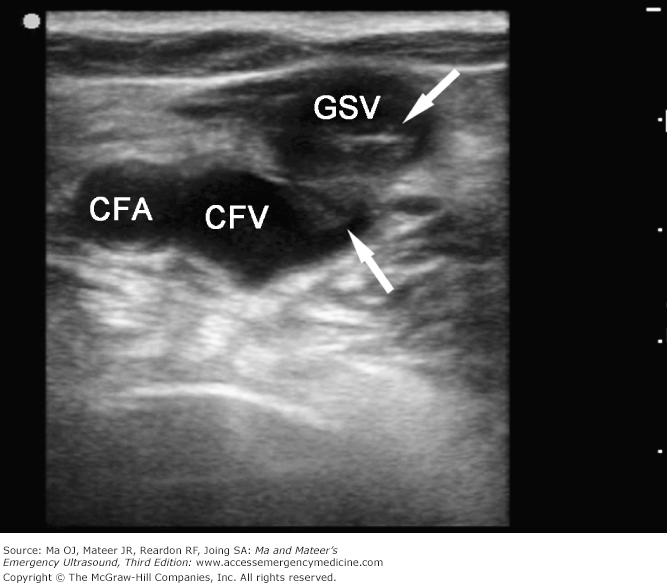[ad_1]
Medical billing is time-sensitive and complex. This presents difficulties for practices, especially those with smaller staffs and a limited budget.
It’s a common story. A doctor opens a new medical practice and brings professionals on board to take care of revenue cycle management. But as the practice grows, the staff has to devote more time to staying on top of government regulations.
They also have to remain experts in the nuances of RCM software, especially when the developer upgrades it. Then there is the issue of keeping your computer system updated, so it stays compatible with the RCM application.
An added complication is that medical billing software with patient data is an attractive target to criminal hackers. That means it’s crucial to verify your system has the latest security protections in place.
With all these factors, it makes sense to consider whether you should outsource medical billing to a third party, or keep taking care of it in-house.
You’ll base your decision on facts such as:
- How large your staff is and their skill level in billing
- Your budget
- Your average daily patient volume
Revenue Cycle Management, put simply, is a financial process that has to do with managing and administering the claims you need to process, the resulting payments, and the structure of the revenue collection process. RCM involves identifying, managing, and collecting revenue based on the patient services we provide.
Why is it important in healthcare? While we must do our best to focus on providing the best possible patient outcomes, it’s also worth keeping in mind the financial aspects of healthcare, where a reliable income is essential for keeping the lights on and continuing to diagnose and treat all the patients in your pool.
Benefits and Drawbacks of Handling Medical Billing In-House
If you have a small patient population and see less than 500 claims per year, it’s usually better to continue billing in-house since the benefit is lowered costs. If your staff is knowledgeable and experienced with billing software, that’s another reason for keeping it under your roof.
Another benefit of doing revenue cycle management in-house is that when billing problems crop up, you can expect to resolve them faster since the team is close by.
A major drawback is that if the person on your staff responsible for billing quits without warning. Likewise, if the employee calls in sick or has a family emergency, your billing collections will shut down for an unknown amount of time. Scrambling for a replacement could take longer than waiting for the employee to get back on the job.
A practice with high employee turnover rates is a good candidate for outsourcing billing. This is important because workers need to understand HIPAA privacy regulations and the need to protect sensitive patient data. Those are skills that take a while to absorb.
The size of your staff is going to loom heavy in your decision-making process. 360Connect explains that, “To set up an in-house medical billing system efficiently, the average medical practice needs to hire at least 1-2 properly trained medical billers and coders – per insurance provider.” If it’s a challenge to assemble this large of a staff, given the different providers you work with, outsourcing will be a suitable option.
Error reduction is another factor. When mistakes occur in claims under in-house billing, it will take longer to fix them as compared to a third party that’s diligent about keeping its error rate low. That’s a major drawback that leads many doctors to outsource.
Another benefit of a third party doing your RCM is that their trained staff will enter all the data for claims, identifying mistakes and fixing them with the right codes. You save time because your staff will not be able to process claims as swiftly and accurately as the billing center.
Pros and Cons of Outsourced Revenue Cycle Management
It’s not a simple question about how much third-party billing will cost you compared to keeping it in-house. Variables include your reporting requirements, how many claims you submit annually and whether your team is large enough and skilled enough for efficient billing.
As AdvantEdge noted, “In an already overextended practice, finding available time and staff necessary to properly manage the coding and billing process can be a significant challenge. The danger of overextending current staff can result in coding and billing errors when coupled with the lack of follow-up on denials could potentially result in delayed payments or increase the risk of revenue loss.”
So one potential negative of outsourcing relates to staff size. Remember that practices that have less than 500 claims per year typically will not bring in enough income to justify the fixed costs involved with third-party billing.
On the pro side, it’s more convenient and much quicker to work with outsourced RCM. And Software Advice points out that, “If a medical practice is using electronic health records (EHR) software, then this process becomes even easier. Practices can store information from a patient’s superbill in the EHR and securely transfer data to the billing service provider using the interoperability feature. This eliminates the need to manually scan and send documents.”
A look at the numbers helps illustrate how a smaller practice can improve revenue through outsourcing. Software Advice analyzed a hypothetical practice. It has four primary care doctors and two employees taking care of billing. The practice sees $2,500,000 in claims each year.
Billing department costs are $120,000 in-house and $5,000 when outsourced. In-house software and hardware cost $8,000, while it’s $500 when outsourced. Direct claims processing costs reach $4,500 in-house and $150,000 through outsourcing.
Collections of $1,500,000 would cost $132,500 in-house, while collections of $1,750,000 would cost more at $155,500. But when you figure that 60% of claims would be collected in-house compared to 70% with a third party, you get astonishing results. In-house billing collections net of cost are $1,367500, but will reach $1,594,500 if outsourced.
As a busy doctor, you may prefer reading an X-ray scan than a spreadsheet. But it’s useful to have an overview of the potential savings you can achieve by outsourcing billing to a third party, going forward.
Key Takeaways:
- The complexity of in-house billing can cost medical practices more time and money than it’s worth, when compared to outsourcing the revenue cycle management process.
- Doctors with a goal to improve the flow of revenue in their organization may find that outsourced RCM meets their needs better than keeping it in-house.
- Outsourcing RCM leads to timelier payment of bills because the third party can draw on more expertise than your own financial department.
- With a third party doing medical billing for you, expect that the error rate will go down. This speeds up reimbursement.
[ad_2]










